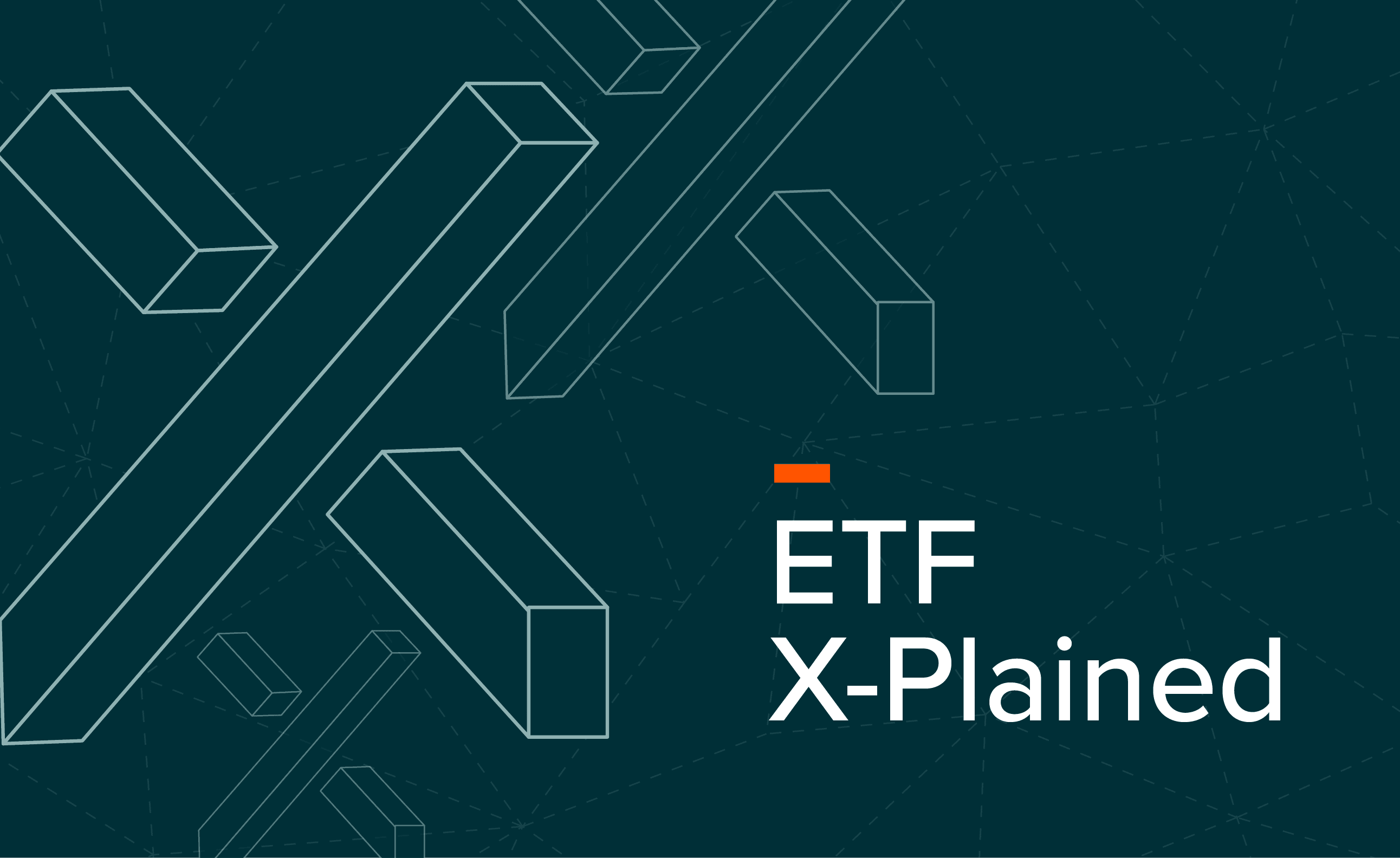Interest rates and inflation have no doubt been some of the hottest topics on the street for the past few years. These two variables have a significant effect on a country’s currency, and the matter of foreign exchange and currency exposure has been front of mind for many investors. An increasingly popular line of questions from gold investors has been whether one should start looking at currency hedging, especially in the context of what appears to be diverging interest rate paths between the Fed and the RBA. In this article, we answer important questions about currency hedging, address the historical implications of hedging gold and introduce the Global X Gold Bullion (Currency Hedged) ETF (ASX: GHLD).
Key Takeaways
- Hedged gold may be appropriate for investors who want pure gold exposure without contending with fluctuating foreign exchange.
- Hedging gold can provide ‘purer exposure’ to price performance – however it can come at the cost of gold’s crisis hedging and diversification benefits.
- Hedged gold has consistently outperformed unhedged gold in the years following rate-cut cycles in the US.
What is Currency Hedging?
When investors purchase gold in Australia, they make a two-fold bet. First, and self-evidently, the investor speculates on the future price of gold. Secondly, investors make a bet that the US dollar (USD) will appreciate against the Australian dollar (AUD). This is because gold is most commonly traded and priced in US dollars, and as such, any unhedged gold exposure is also an investment in the USD. For investors who may simply wish to access gold without the hassle of foreign exchange, this dynamic represents a certain risk to their investment.
Consider, for example, an Australian investor who invests in unhedged gold, which then proceeds to double in value over a certain period of time. In the case that the AUD also doubles in value, the investor may find that their investment outcome in AUD terms actually nets out to zero growth at all, making what appeared to be a successful trade a meaningless endeavour. Of course, had the AUD depreciated by half instead, the investor may find their investment doubled in value – a boon to say the least.













